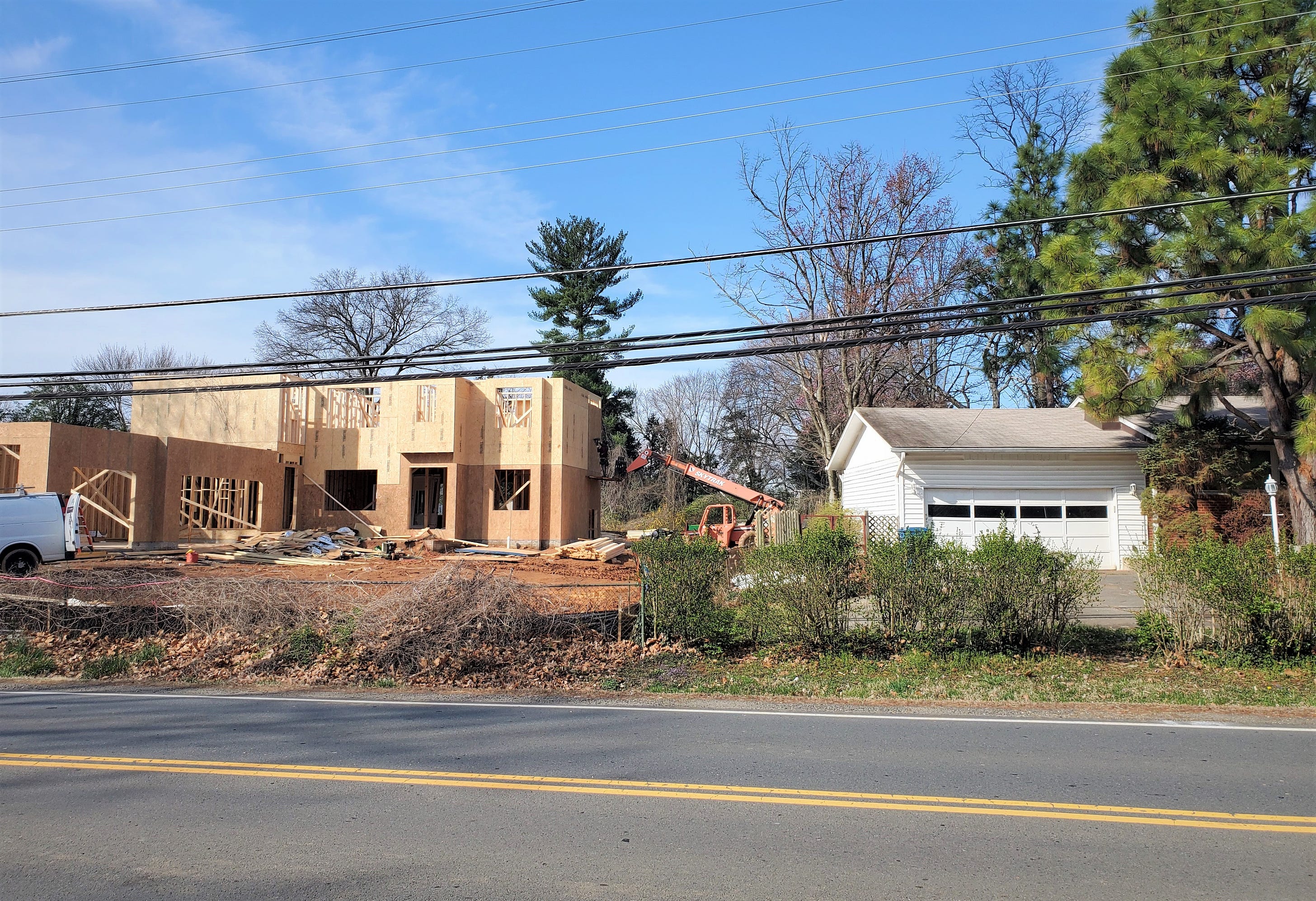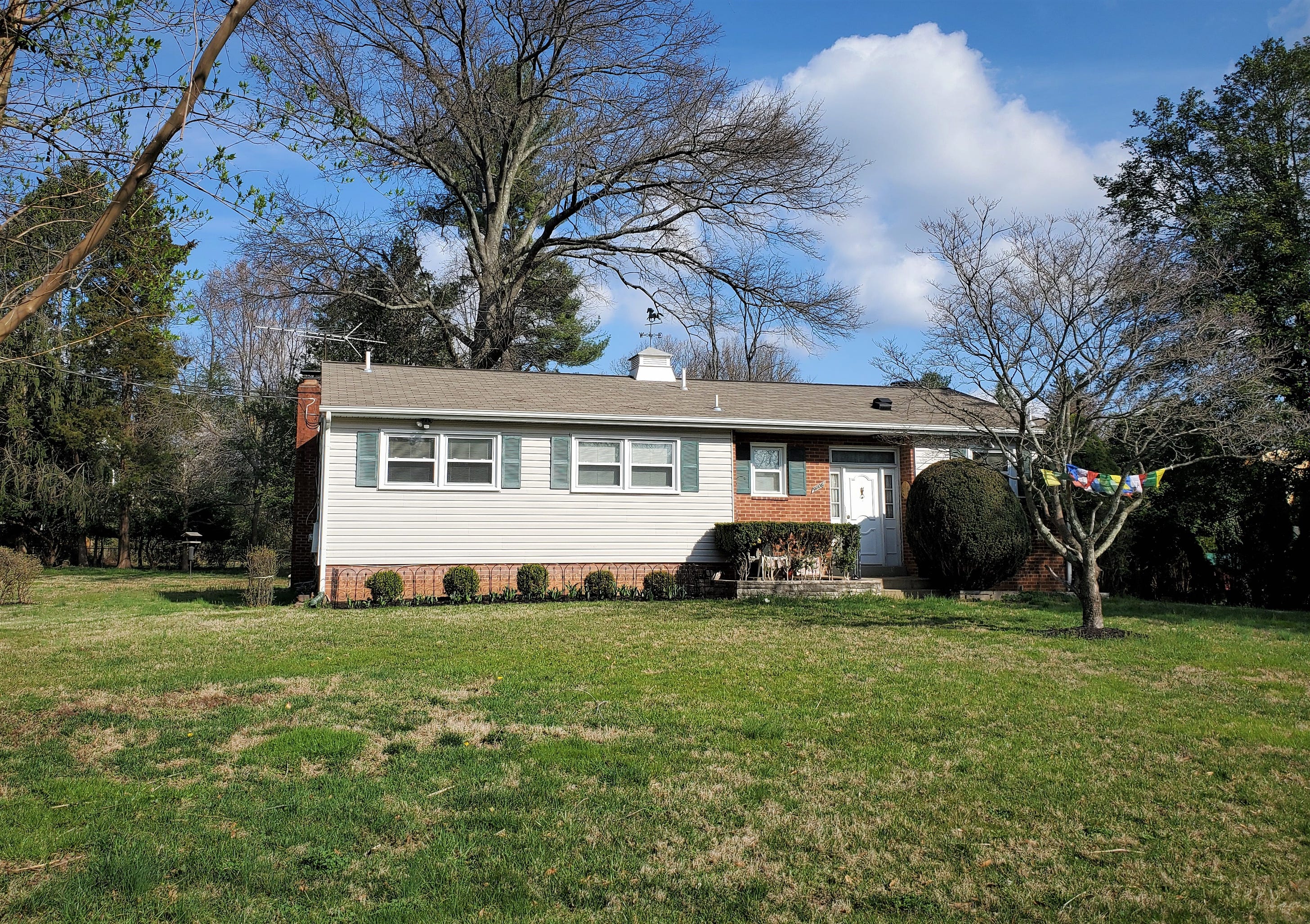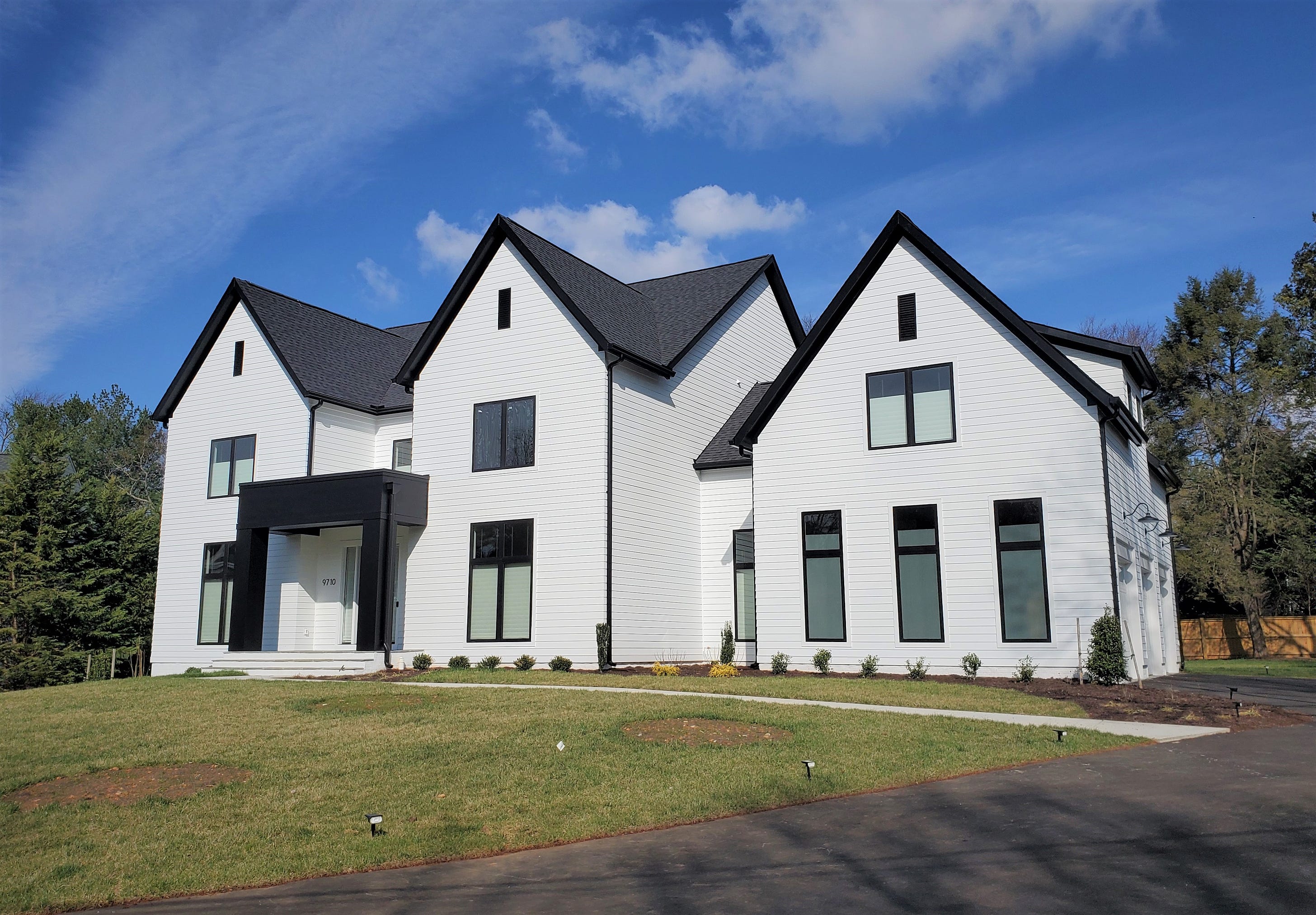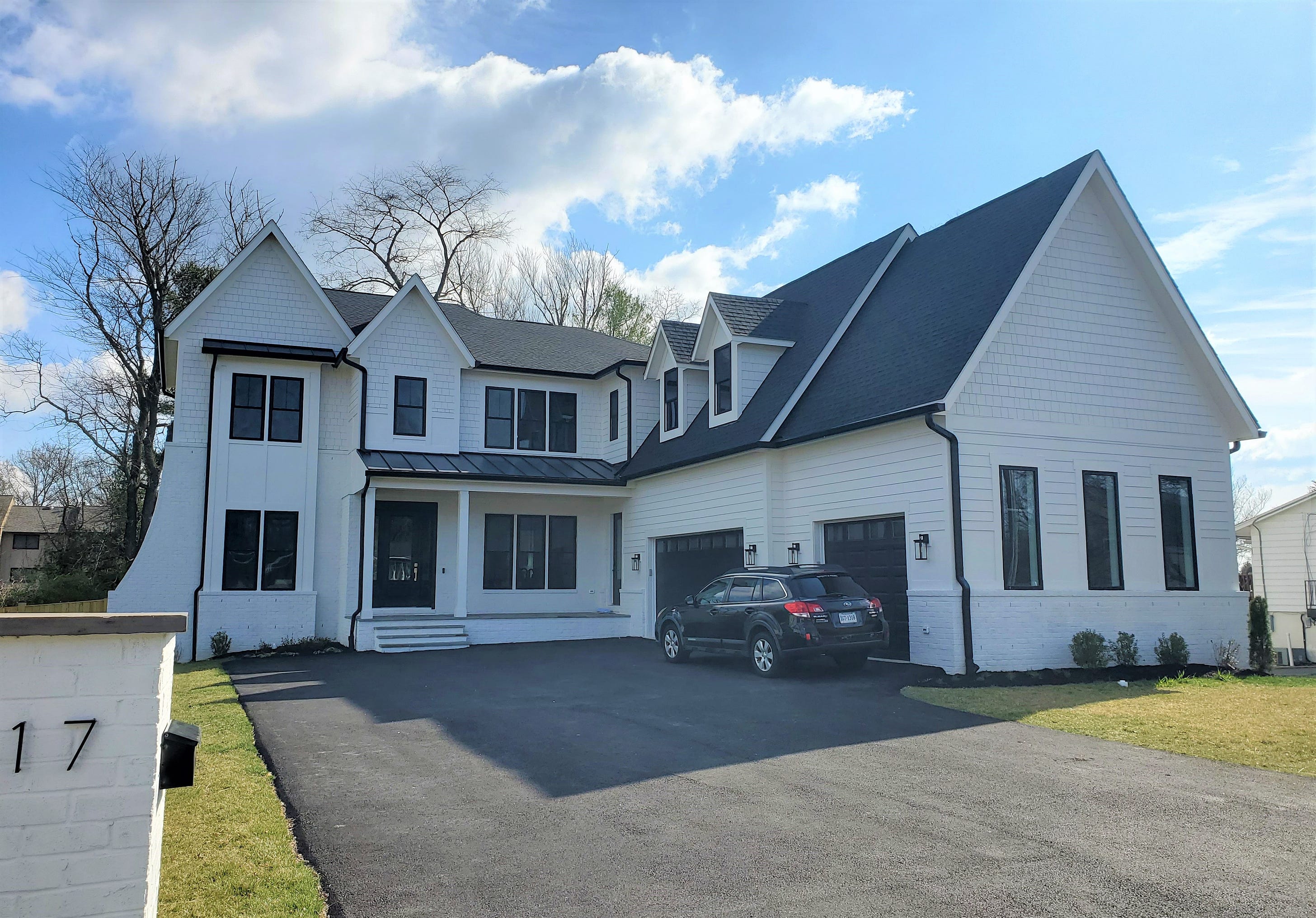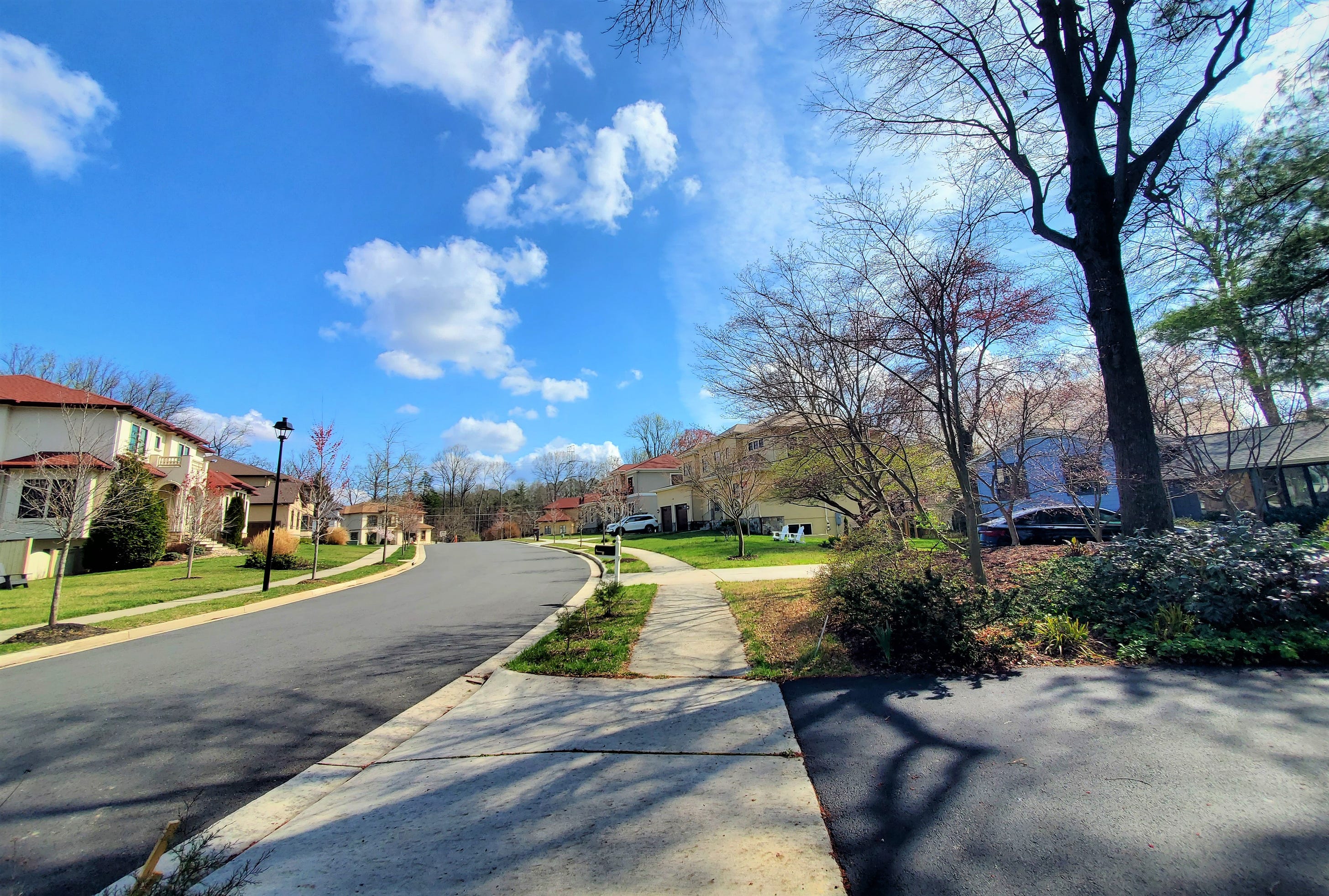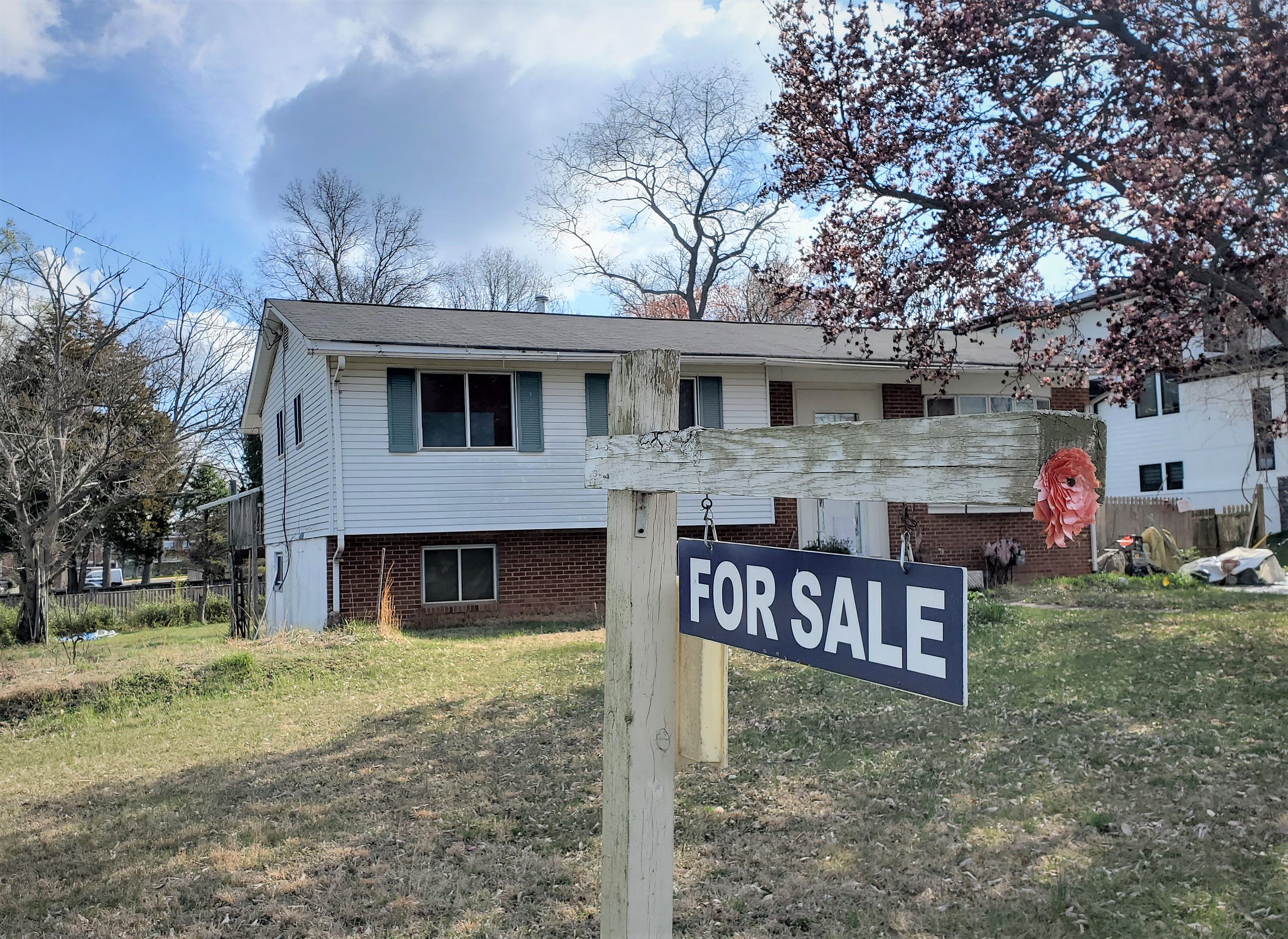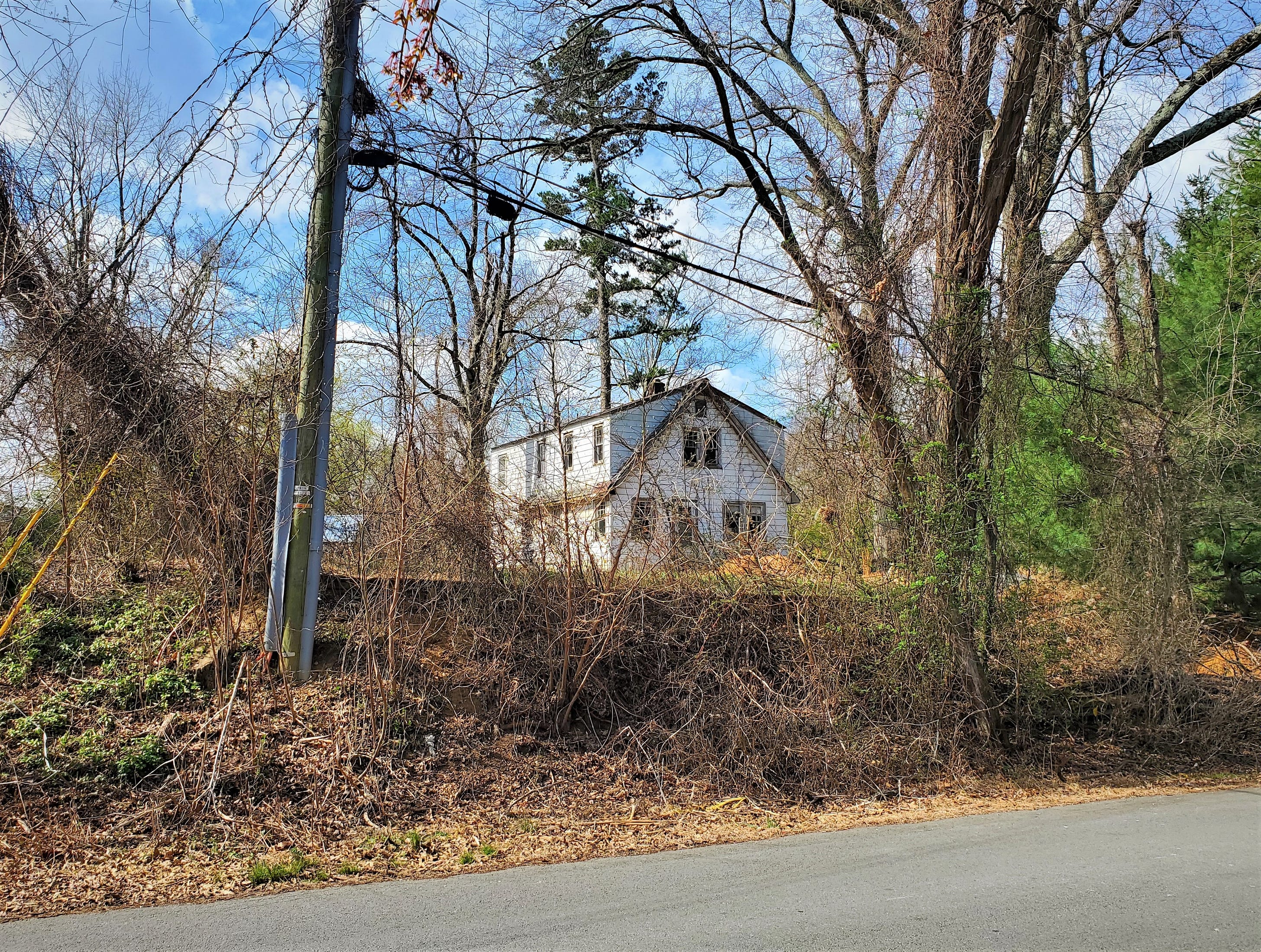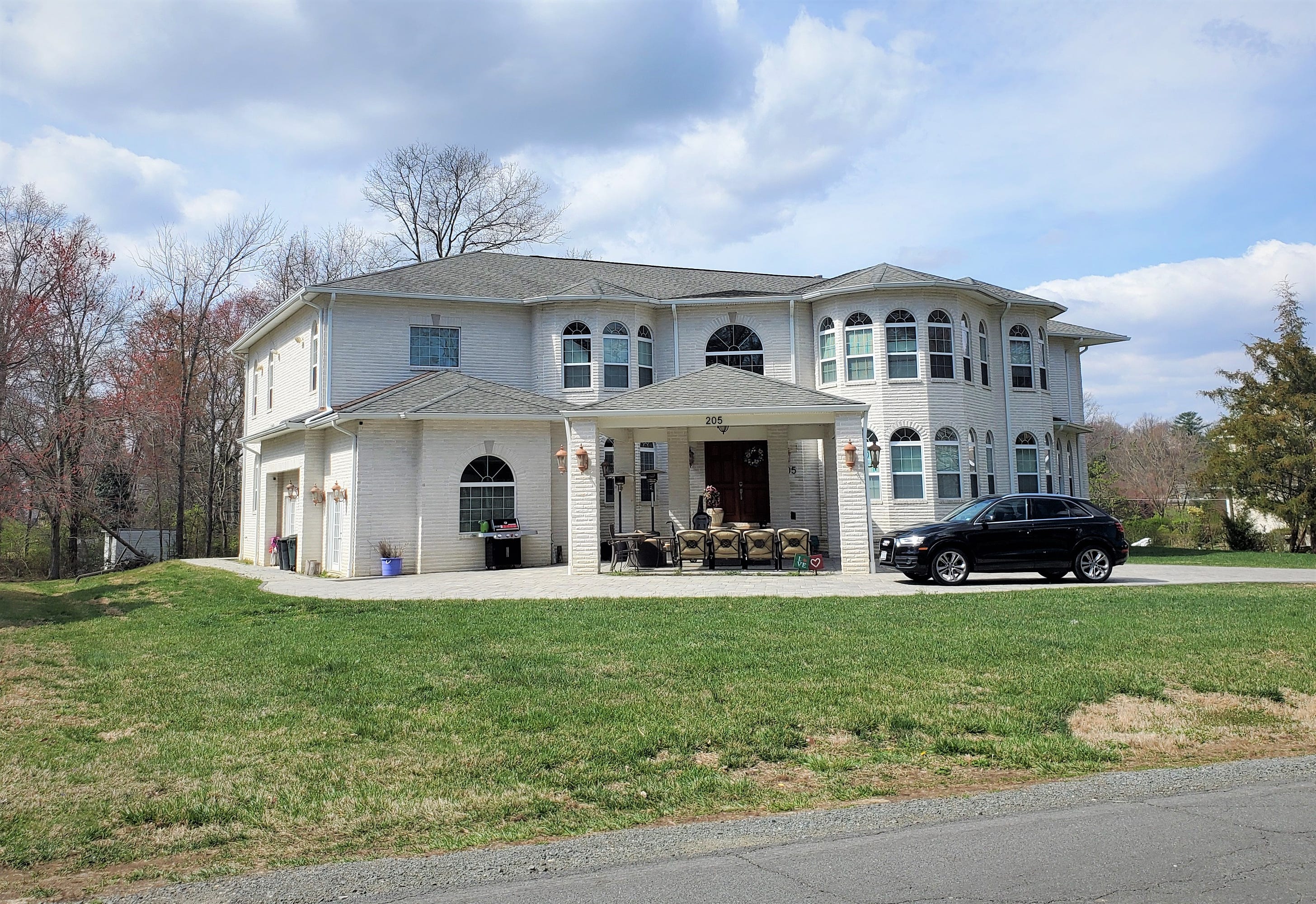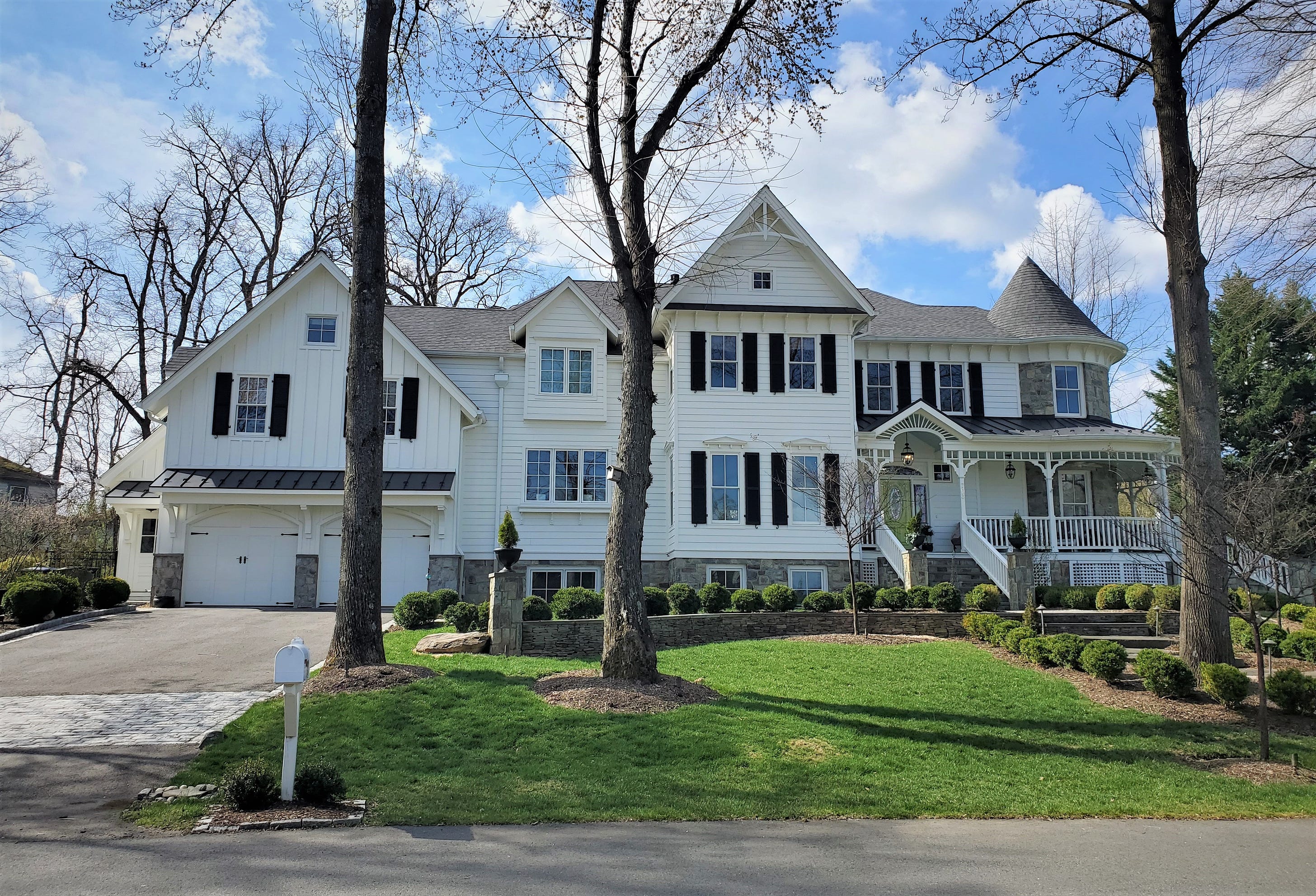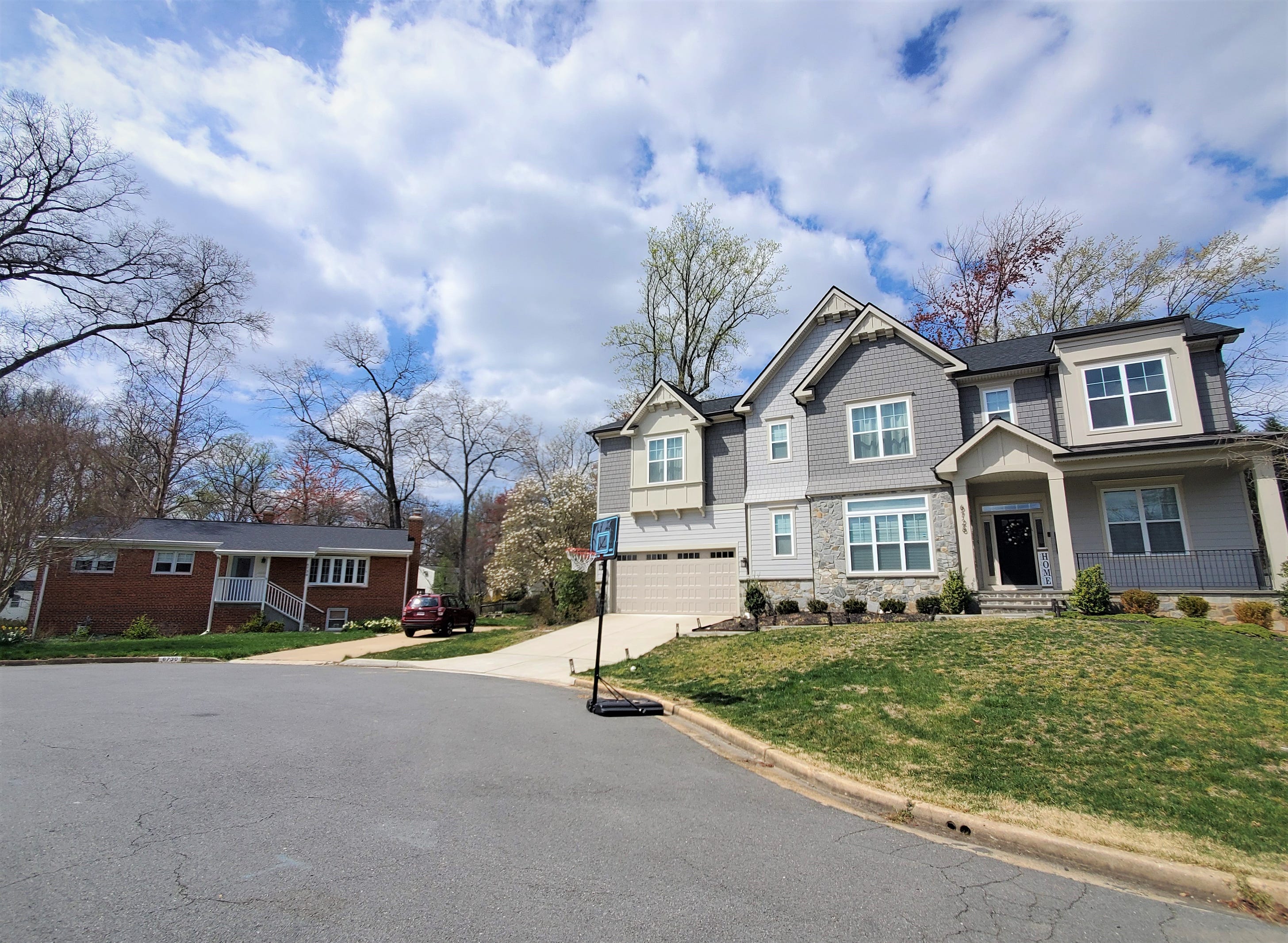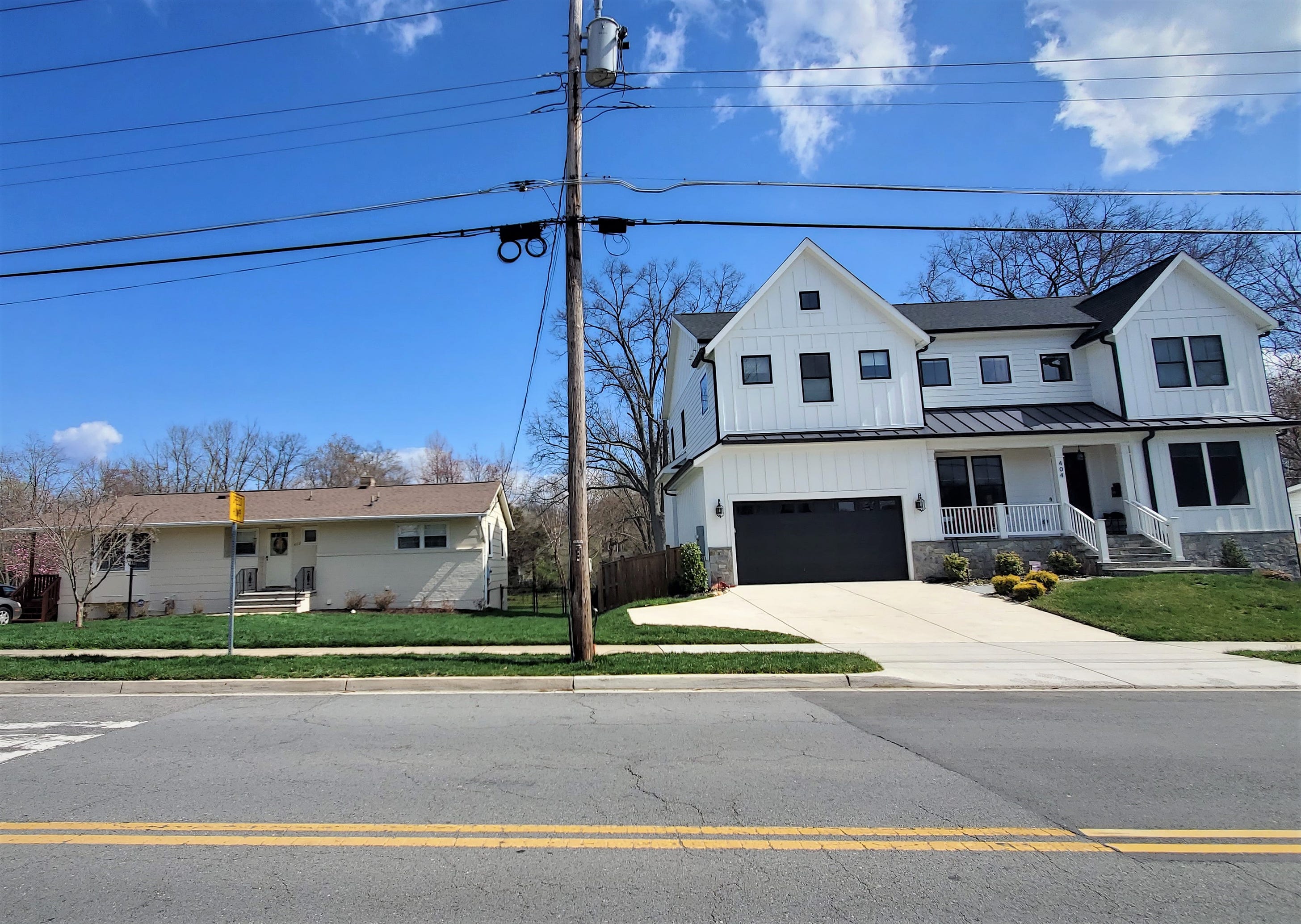The Deleted Scenes - The Fairfax Teardown
Readers: This week marks the two-year anniversary of this newsletter! For just this week, I’m offering an anniversary discount for new yearly subscribers, in case you’ve been on the fence about upgrading to a paid subscription. Your support—whether reading, sharing, or subscribing—keeps this thing going. Here’s to another year of The Deleted Scenes! For years I’ve observed the phenomenon of the “teardown”: an older, modest single-family house is demolished and replaced with a massive modern house, ranging from typical large modern homes to garish McMansions. These houses, sometimes as large as 6,000 square feet, are not out in the least developed parts of the region, sitting on large lots (though those lots do, of course, often have such houses.) The teardown houses I’m focused on here sit on typical small suburban lots, often on older street grids. In other words, everyday middle-class suburban neighborhoods. This transformation isn’t exactly what you’d call “gentrification,” but it’s something like that. Last week I spent a morning walking around older Fairfax County neighborhoods, documenting what this looks like, and thinking about what it means. All you have to do to “date” one of these neighborhoods is pick an old house and check the build year on Zillow. Here’s one, for example, built in 1960. Here’s a similar one from the same time, in the same area. Most of the original houses will date to about then; this is a late 1950s/early 1960s neighborhood. It’s important to note that there is nothing in particular wrong with most of the houses that are demolished. In a lot of neighborhoods where the market isn’t as hot, the average house is still one of these postwar types. This is not simply the old houses reaching the end of their lifespan and being replaced by the standard house built today. It is something else. On the same street as the photo above are these houses. What struck me as I walked around is how much noise there is in these quiet, leafy suburban neighborhoods. The leaf blowers and lawnmowers. The constant auto traffic (some of these new houses are on main roads). The contractors’ vans driving through—HVAC, plumbing, landscaping, construction. The construction. It’s strange to hear construction noise in places like this, locked in amber as they seem to be, opposed to new housing and development as they often are. But there is, and a lot. I’m exaggerating a little when I say that every street has a massive house under construction. The noise, and the apparent alteration of the old neighborhood character, are not apparently objectionable. Sometimes you see a street you’d swear must be all new. But one or two old houses betray the transformation. If nothing changes, most or all of these original houses will be torn down and replaced. Here’s one whose turn has probably come. And here’s one, in very rough condition, that might even predate the surrounding neighborhood. Look at the additions made on that house. It was more than a product built to a price point; it was something a family grew into. In a previous era, these houses would have been fixer-uppers; low price, elbow grease. People wonder why Millennials don’t do this so much, and sometimes blame their supposed sense of entitlement or lack of work ethic. But the reality is the housing market in a place like this pretty much precludes it. Someone who plans to build a $2 or $2.5 million house—pretty typical for the larger of these new builds—on one of these lots will outbid someone who just wants to fix the place up. There’s a chicken and egg question here, but for somebody today, right now, who wants a fixer-upper, the housing market simply may not be able to deliver it. It delivers this instead. As noted, these are not large lots in outer suburbs where you might expect to see large, ostentatious houses. These are early postwar middle-class suburbs. Small lots, street grids. Main roads. Not prime mansion territory. On this street, you can see how the shape of the lots constrained the form of the new houses. Sometimes, there’s a perfect side-by-side. What I believe we are seeing here is the natural process of densification, as it expresses itself when put through the wringer of single-family zoning. In other words, the land here is worth a lot, and the housing market is hot. But there isn’t anything you can do with that real and potential value, other than build the largest possible single-family detached house. And so that’s the avenue by which the underlying value is expressed. This is an unnatural, non-market phenomenon. It’s the equivalent of food shortages in the old Communist world, or factory farmed animals developing behavioral issues. It isn’t (or I should say, isn’t only) rich people being ostentatious or developers being bad; it’s bad regulation distorting market outcomes. In the absence of zoning, it is very likely that these old neighborhoods would either be densifying—more units, not more of one unit—or they would be seeing much cooler housing markets, because communities even closer to the city would absorb much of the demand by densifying even more. In the absence of zoning, Arlington, Virginia would effectively be a city. You’d still have “rings,” but the whole suburban solar system would be smaller, consume less land, and provide more and cheaper housing options. There would still be mansions. But they would probably be on larger lots in more appropriate places. They wouldn’t usually be on fifth-acre lots on old gridded streets full of ranches and split-levels, because there would be other avenues for the underlying value to be expressed. Sure, some affluent people might tear down and rebuild their own house. But quite a lot of these teardown houses are built to be sold. And those developers would be building other things if they could. A lot of people look at this and think, this is what happens when we let developers run wild, and conclude that the answer is to throttle developers. I am much closer to thinking that we should, in fact, permit developers to run wild, and not force them to build only one type of building. Zoning is an invisible force that distorts everything. But because we have few examples to compare these distorted outcomes to, we often think we are observing the market itself. But the market doesn’t like zoning either. And with haywire outcomes like the “Fairfax teardown,” it’s trying to send us an SOS. Find all of my teardown house photos here! Related Reading: Thank you for reading! Please consider upgrading to a paid subscription to help support this newsletter, discounted just this week! You’ll get a weekly subscribers-only post, plus full access to the archive: over 600 posts and growing. And you’ll help ensure more material like this! You're currently a free subscriber to The Deleted Scenes. For the full experience, upgrade your subscription. |
Older messages
Taking Preservation Into Their Own Hands
Wednesday, April 5, 2023
What Do You Think You're Looking At? #104
Roses Are Red, Walmarts Are Blue
Tuesday, April 4, 2023
A close look at what discount-store consolidation took from us
America's Urban Heritage: Culpeper, Virginia Edition
Monday, April 3, 2023
The kind of place we should keep building
Nature Walking
Saturday, April 1, 2023
Taking a breath
New and Old #103
Friday, March 31, 2023
Friday roundup and commentary
You Might Also Like
*This* Is How To Wear Skinny Jeans Like A Fashion Girl In 2025
Wednesday, March 12, 2025
The revival is here. The Zoe Report Daily The Zoe Report 3.11.2025 This Is How To Wear Skinny Jeans Like A Fashion Girl In 2025 (Style) This Is How To Wear Skinny Jeans Like A Fashion Girl In 2025 The
The Best Thing: March 11, 2025
Tuesday, March 11, 2025
The Best Thing is our weekly discussion thread where we share the one thing that we read, listened to, watched, did, or otherwise enjoyed recent… ͏ ͏ ͏ ͏ ͏ ͏ ͏ ͏ ͏ ͏ ͏ ͏ ͏ ͏ ͏ ͏ ͏ ͏ ͏ ͏ ͏ ͏ ͏ ͏ ͏ ͏ ͏ ͏
The Most Groundbreaking Beauty Products Of 2025 Are...
Tuesday, March 11, 2025
Brands are prioritizing innovation more than ever. The Zoe Report Beauty The Zoe Report 3.11.2025 (Beauty) The 2025 TZR Beauty Groundbreakers Awards (Your New Holy Grail Or Two) The 2025 TZR Beauty
Change Up #Legday With One of These Squat Variations
Tuesday, March 11, 2025
View in Browser Men's Health SHOP MVP EXCLUSIVES SUBSCRIBE Change Up #Legday With One of These Squat Variations Change Up #Legday With One of These Squat Variations The lower body staple is one of
Kylie Jenner Wore The Spiciest Plunging Crop Top While Kissing Timothée Chalamet
Tuesday, March 11, 2025
Plus, Amanda Seyfried opens up about her busy year, your daily horoscope, and more. Mar. 11, 2025 Bustle Daily Amanda Seyfried at the Tory Burch Fall RTW 2025 fashion show as part of New York Fashion
Paris Fashion Week Is Getting Interesting Again
Tuesday, March 11, 2025
Today in style, self, culture, and power. The Cut March 11, 2025 PARIS FASHION WEEK Fashion Is Getting Interesting Again Designs at Paris Fashion Week once again reflect the times with new aesthetics,
Your dinner table deserves to be lazier
Tuesday, March 11, 2025
NY delis are serving 'Bird Flu Bailout' sandwiches.
Sophie Thatcher Lets In The Light
Tuesday, March 11, 2025
Plus: Chet Hanks reaches new heights on Netflix's 'Running Point.' • Mar. 11, 2025 Up Next Your complete guide to industry-shaping entertainment news, exclusive interviews with A-list
Mastering Circumstance
Tuesday, March 11, 2025
“If a man does not master his circumstances then he is bound to be mastered by them.” ͏ ͏ ͏ ͏ ͏ ͏ ͏ ͏ ͏ ͏ ͏ ͏ ͏ ͏ ͏ ͏ ͏ ͏ ͏ ͏ ͏ ͏ ͏ ͏ ͏ ͏ ͏ ͏ ͏ ͏ ͏ ͏ ͏ ͏ ͏ ͏ ͏ ͏ ͏ ͏ ͏ ͏ ͏ ͏ ͏ ͏ ͏ ͏ ͏ ͏ ͏ ͏ ͏ ͏ ͏ ͏ ͏ ͏
Don't Fall for This Parking Fee Scam Text 🚨
Tuesday, March 11, 2025
How I Use the 'One in, One Out' Method for My Finances. You're not facing any fines. Not displaying correctly? View this newsletter online. TODAY'S FEATURED STORY Don't Fall for the
